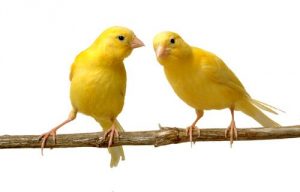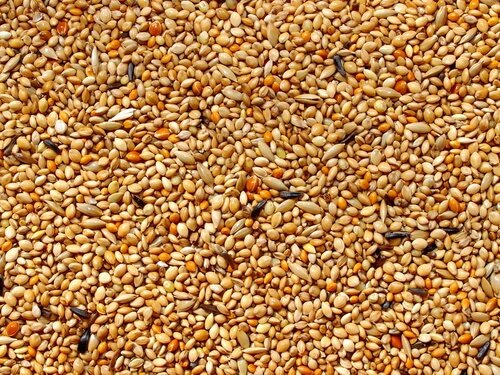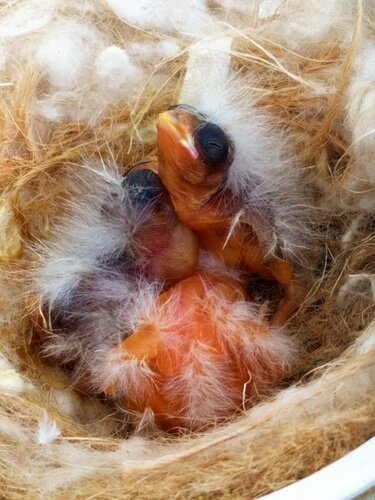Canary Breeding: Everything You Need To Know

The reproduction of these small birds requires paying attention to factors such as the cage, diet, mating season, and nest.
Canaries are precious animals that have some of the most beautiful voices in the animal kingdom. It’s no surprise many people want to get in involved with canary breeding. Have you ever thought about it yourself? If so, then write down the following tips.
Things to keep in mind about canary breeding
As in any other reproduction process, canary breeding has some aspects that you must consider and fulfill to be successful. Nevertheless, it’s not that complicated at all. Just take some good notes and carefully follow the instructions below.
The cage
The cage is one of the most important and basic elements in canary breeding. You should choose one with enough space for the birds to move around in, but also makes sure it doesn’t take up too much space and isn’t difficult to clean.
The animal doesn’t only need space to move around in but also enough room to make a nest for its chicks. Two dividers are needed, — a metal-grid and an opaque one, — to prevent other birds from looking at the nest and provide privacy during mating.
The cage should always be kept perfectly clean and maintained. Try cleaning the tray daily and the food and drink bowls at least twice a week. Cleaning will prevent future offspring from getting an infection or illness.
Diet
Birdseed is the base of the canaries’ diet. However, a mix of cereal and some fruits or vegetables twice a week should also be included. Likewise, cuttlefish and grit should be a part of their daily diet, and always be available to the animal.

Obviously, once the chicks are born, they will need breeding paste like birdseed and vegetables. Broccoli is one of the most recommended foods. It apparently has nutritional value for newborn chicks.
Preparation for Mating
Light is a determining factor in canary breeding. As curious it may sound, you will immediately know what steps to follow. The mating season usually starts between the end of February and in March. The canaries start pairing up around 20 to 30 days later.
Set up the opaque and metal grid dividers. The more sunlight the animals get, more likely the female will be in heat, and the more likely the pairing up will take place. This divider will be up for around 20 days. Then, you will remove it and leave the metal grid one up for 10 days.
While they are separated, you have to give breeding paste to the animals so they get used to its taste and odor before the new family members are born. Likewise, you will have to give them extra calories and vitamins, especially to the future mother. She will need more energy than usual.
The nest
Since the mother is not in her natural habitat, it will be difficult to make her own nest. So you can do two things: buy a nest, or provide the materials needed for her to make it herself.
Even if you decide to buy it, you will have to provide goat hair for the mother. She will use it to fill the nest and make a sort of bed for the eggs. This will allow them to stay warm, and make the chicks fell comfortable once they’re born.

The eggs
One eggs will be laid each day. Normally, a maximum of six eggs can be laid, but there are always exceptions. Once you see the first egg, it is recommended to substitute it with a plastic one. Put the real one in a container with birdseed and flip it over every day.
Do the same with the following eggs until there are about four. Then, put the real eggs back so the mother can incubate them. This will prevent competition among the offspring to hatch first and allow them to hatch at the same time.
These are the steps to follow for the breeding canaries. These animals have an angelic voice and are the perfect pets. Do you want to get one?
This text is provided for informational purposes only and does not replace consultation with a professional. If in doubt, consult your specialist.